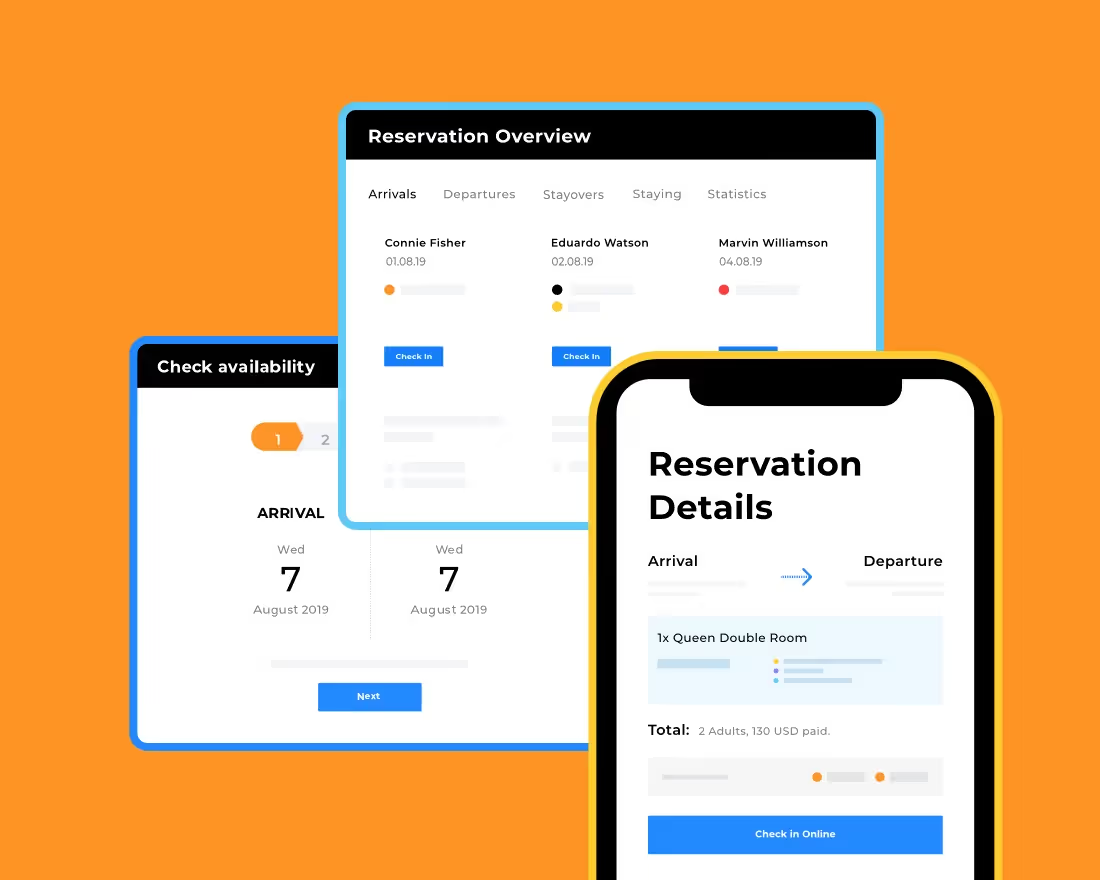
Every sales leader’s goal is to set their team up for success to convert leads into new business. They can do so through a strong sales enablement strategy, regular training, and providing teams with the right tools such as sales collateral. You can have the most eager sales rep, but it’s all for naught if they don’t have the relevant tools to get in front of leads. Specifically, sales collateral— or sales content— has proven to be one of the most impactful tools to influence buying decisions among leads and prospects.
A shocking 78% of executive buyers claim that salespeople don’t have the right materials or content to share with them in meetings. That means that when sales reps are taking these meetings, they aren’t going into it prepared with relevant information or sales collateral, ultimately threatening the deal. Buyers and consumers need to feel confident in the product or service they’re thinking about adopting. Equipping your sales team with the right sales collateral helps them build trust and confidence with prospective clients, impacting their purchase decisions.
In fact, a 2020 survey revealed that 67% of people rely on content to inform purchase decisions. Even in a highly competitive, saturated digital environment content is still king. How businesses utilize content can greatly impact their bottom line.
So, what is sales collateral? Consider this your official guide to sales collateral and setting your team up for success with world class content.
What is sales collateral?
One of the most important elements of sales enablement is sales collateral, but what is sales collateral? It’s any piece of content that might help the sales teams with conversion. Sales collateral is client-facing materials that sales reps have at their disposal to send out via email, bring to meetings, or to leave with prospective clients as they see fit. Oftentimes, marketing teams will repurpose their marketing assets to fulfill the sales teams’ needs. Sales collateral comes in all shapes and sizes—and is not limited to just one piece of content—but it carries the brand. As an extension of the brand, sales collateral has to be professional and consistent with other company messaging, while serving its purpose in the sales funnel.
Examples of great sales collateral
Sales collateral includes anything that helps teams close deals quicker by acting as a vehicle of information for the buyer. It essentially propels consumers through the sales cycle by answering their questions, overcoming objections, creating touchpoints, and informing their sales decision. Sales collateral includes, but is not limited to; presentations and sales pitches, white papers, blog posts, social proof and case studies, email templates and sales scripts, brochures and infographics, and demo videos. Variety is your friend here. The more content you can produce, with a wide spectrum of information, the more leads you’re likely to reach and convert. It’s important to have sales collateral for every prospective customer, and every point of the sales cycle.
Some things to consider when creating sales collateral are 1) make sure the value of your offering is obvious, 2) lean into clean, professional design, and 3) add incentives (like discounts or team bundles) where necessary.
Deciding which content is right for your audience
Of course, not all of the examples above are one-size-fits-all. For example, a sales pitch created for one client might not work for another. It’s important to know your company's offering, define your target audience, and have a strong understanding of your goals. Once you have honed in on your who and why, you can start in on your what and how. Who are you trying to reach? What do you need them to know? Which sales collateral will get your information out in the most effective way? What content is feasible for your team without creating a marketing bottleneck? How are you presenting your brand to new leads? Answering these questions will help you decide which content is right for your brand, sales team, and audience so you can create sales collateral accordingly.
Pro tip: sales collateral will only get you part of the way, don’t be afraid to follow up and ask for the sale.
Creating content for less
Setting your team up with the right tools for world-class content is half the battle of sales collateral. Companies of different levels will have varying budgets and resources to allocate to their sales materials. So how do you equip teams with the sales collateral they need to be successful? Software can help improve efficiencies for teams and fill the gaps of limited headcount.
Beautiful.ai is a great tool for creating sales collateral. With Beautiful.ai’s smart design AI, even non-designers can create something on-brand and professional in a fraction of the time. By handling the heavy lifting of design, Beautiful.ai helps reduce the marketing bottleneck and inefficiencies caused by limited resources or budgets. Think of it as a designer-in-a-box, without actually having to hire a professional designer. Some great sales collateral use cases for Beautiful.ai might be a sales proposal presentation, a pitch deck, or a single infographic slide exported as a graphic.
Pro tip: use one of our customizable pre-built slides to help share your social proof, meaningful data in a one-off graph, or an informational graphic and export that individual slide as a jpeg to send as an asset to prospective clients rather than sending an entire deck.







.gif)